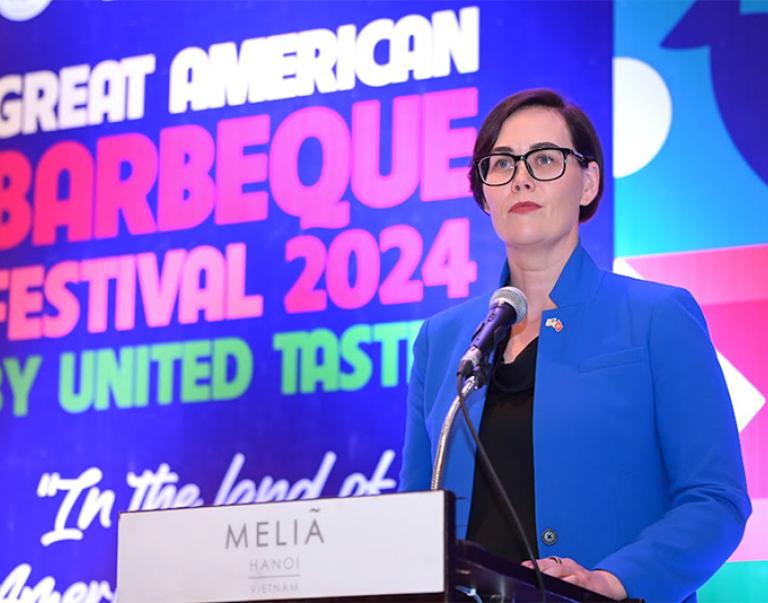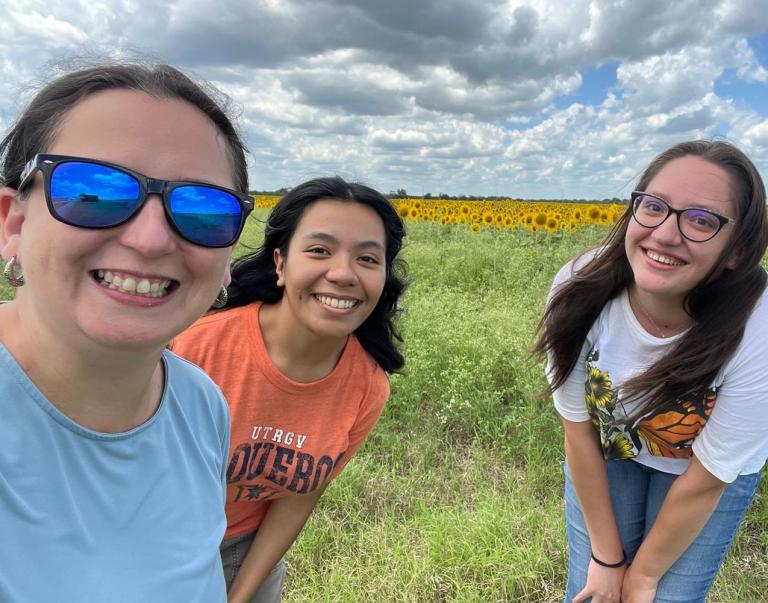Trending News and Updates
Press Release

Guidelines will facilitate the recognition of climate-smart agriculture within clean transportation fuel programs, creating new market opportunities for biofuel feedstock producers while enhancing climate benefits.
Blog

Growing up on a farm in Northeast Iowa taught me the values of resilience and innovation—qualities that have guided my work as USDA’s Under Secretary for Trade and Foreign Agricultural Affairs. I reflect on the progress we have made in advancing U.S. agricultural exports and driving economic growth.
Blog

In 2022, Dr. Engil Pereira, professor at the University of Texas Rio Grande Valley (UTRGV), participated in the E. Kika De La Garza (EKDLG) Fellowship with the U.S. Department of Agriculture (USDA) Natural Resources Conservation Service (NRCS) at the National Soil Survey Center in Lincoln, Nebraska.
Press Release

Packers & Stockyards rules are part of a suite of new policies to give farmers better insight into key aspects of the agricultural system, from genetic components and pricing of seeds they purchase, to livestock market rates, so they can achieve fairer returns and plan better for their businesses.
